Fight School Drop Out in Shan State, Myanmar
The current situation in Myanmar is more than complex – ethnic minorities are torn between a political crisis, increasing poverty, drug and human trafficking […]
The repercussions of conflict in Myanmar have brought about numerous education barriers for refugee and displaced girls, disrupting their access to quality learning. As a result of ongoing conflicts, many families have been forced to flee their homes, leading to the breakdown in educational services. Limited resources and infrastructure in displacement camps further exacerbate the situation, making it difficult for girls to sustain their education.
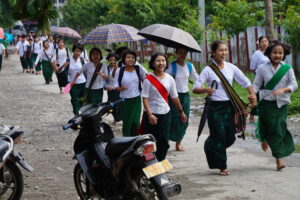
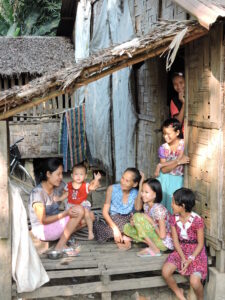
Security concerns play a significant role in impeding girls’ access to education. In conflict-affected areas, schools are often targeted or occupied by armed groups, creating an unsafe learning environment. Moreover, cultural and traditional gender norms prevalent in Myanmar pose additional challenges for girls seeking an education. Discrimination against females and societal expectations regarding marriage and household responsibilities often limit opportunities for girls’ schooling.
Girls face increased risks of violence, including sexual harassment and assault, when attempting to attend school
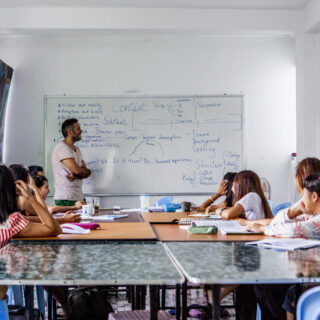
In Myanmar’s refugee communities, girls face numerous obstacles in accessing education. However, various initiatives have been implemented to overcome these challenges and promote education access for girls. One such initiative is the establishment of community learning centres within the refugee camps. These centres provide a safe space for girls to learn and receive quality education, even in the absence of formal schools.
Additionally, organisations working with these communities have implemented innovative strategies such as mobile learning programmes, where educational materials are delivered directly to girls’ homes. Furthermore, awareness campaigns and advocacy efforts have been instrumental in breaking down societal barriers that prevent girls from attending school. By challenging traditional gender norms and emphasising the importance of education for all children, these initiatives aim to shift attitudes within the community.
Despite significant progress, there remains much work to be done.
In recent years, Myanmar has made significant strides in promoting girls’ education, breaking down barriers that have long hindered their access to quality schooling. This progress can be attributed to various successful programs specifically designed to empower young girls and provide them with equal educational opportunities. One such programme is the Girls’ Education Initiative, which focuses on addressing the cultural and societal norms that discourage girls from pursuing education.
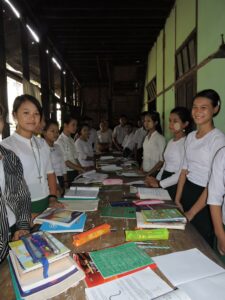
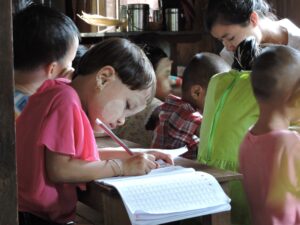
By collaborating with local communities, this initiative has successfully challenged deep-rooted stereotypes and prejudices, encouraging families to prioritise their daughters’ education. Moreover, organisations like Educate Girls Myanmar have implemented innovative approaches to increase enrollment rates among girls. Through community engagement and awareness campaigns, they have effectively encouraged parents to send their daughters to school while ensuring a safe and conducive learning environment.
These success stories highlight the transformative power of investing in girls’ education.
The establishment and expansion of education facilities in refugee camps and areas with high concentrations of displaced persons should be a priority. This includes building schools, hiring qualified teachers, and providing necessary learning materials to ensure equal access to education.
Engaging with local communities is crucial to promote girls’ education. The government should actively involve community leaders, parents, and religious institutions in awareness campaigns to address cultural barriers. Emphasising the importance of gender equality and the long-term benefits of educating girls can significantly contribute to dismantling these barriers.
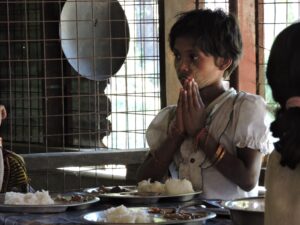
To alleviate economic constraints, scholarships or financial assistance programmes specifically targeting girls’ education among refugees and displaced persons is a recommended measure.
Children of the Mekong are among how we can support children. Child sponsorship is crucial in providing education and vocational training for substantial and sustainable employment, especially for children in marginalised or vulnerable populations.
Children of the Mekong responds to needs encountered, whether they be social, academic, or economic, mainly through the sponsorship of children. A sponsored child receives monthly support from his sponsor, which allow them to continue their education.
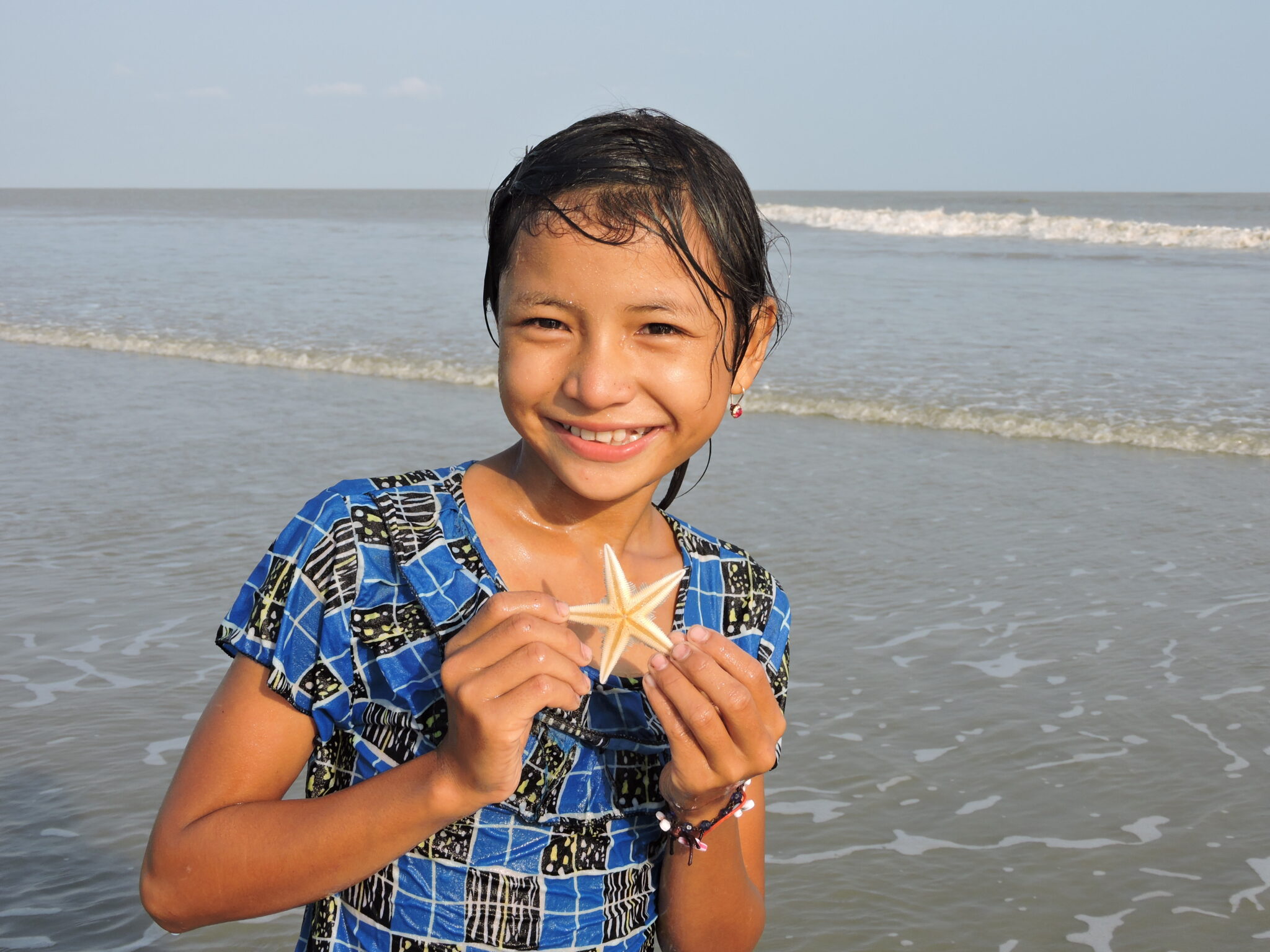
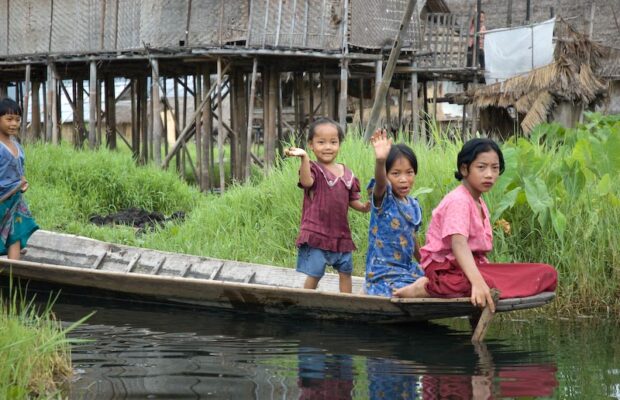
The current situation in Myanmar is more than complex – ethnic minorities are torn between a political crisis, increasing poverty, drug and human trafficking […]
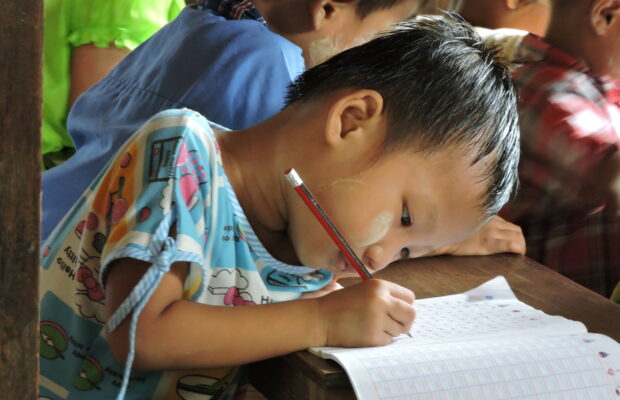
It is a real challenge for children in Tedim to go to school. This child sponsorship is a unique opportunity for these children to […]
Sponsored children: 24 of 31
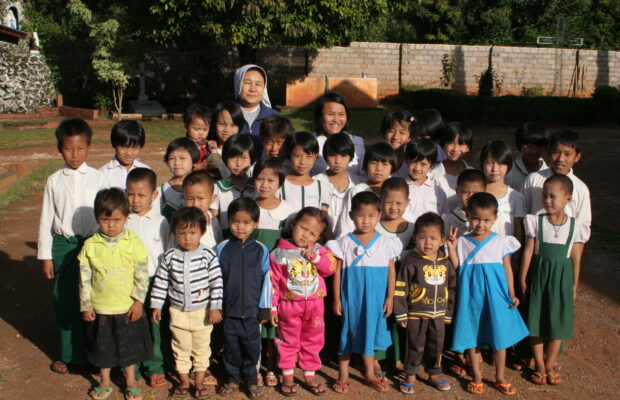
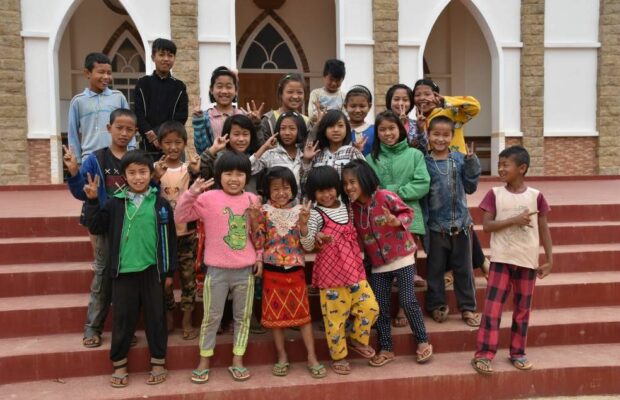
The Nam Khai programme supports the education of children who live in an isolated rural region plagued by armed conflict, drug trafficking and human […]
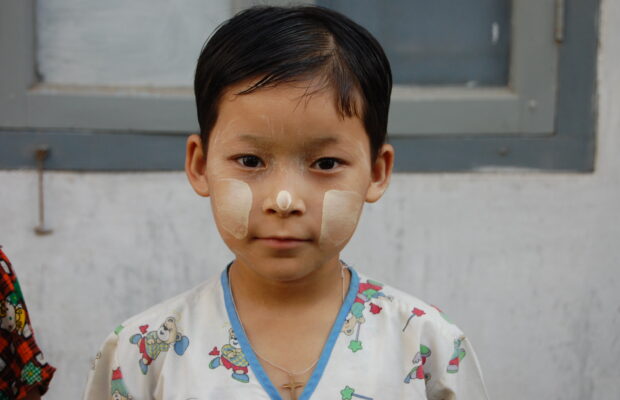
Sponsor a child from Myanmar
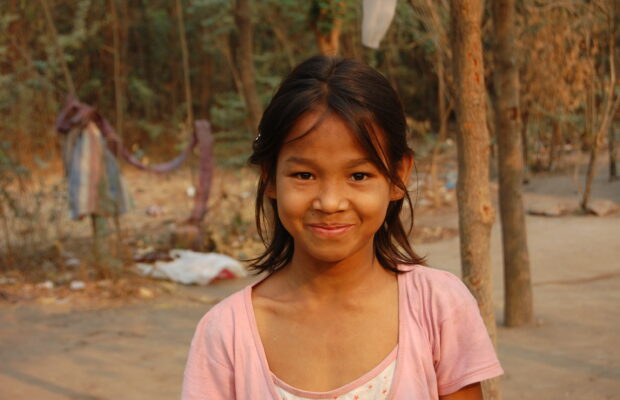
The Kyauk Tan centre, located east of Yangon, caters to children from communities that live on the margins of development. One-third of the children […]